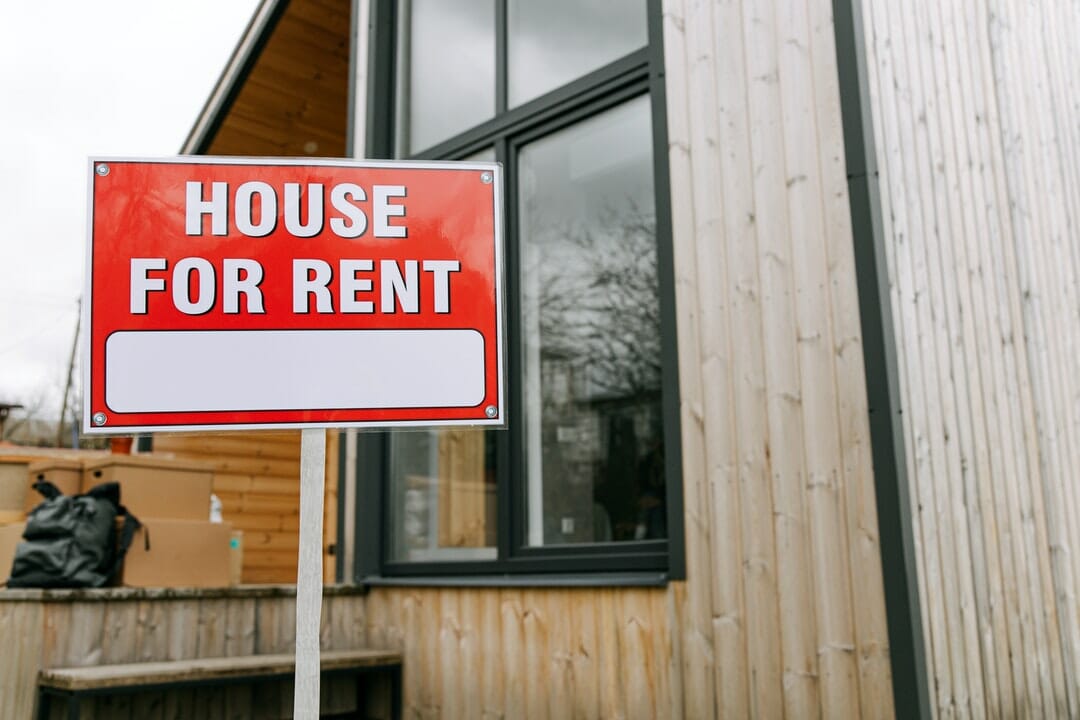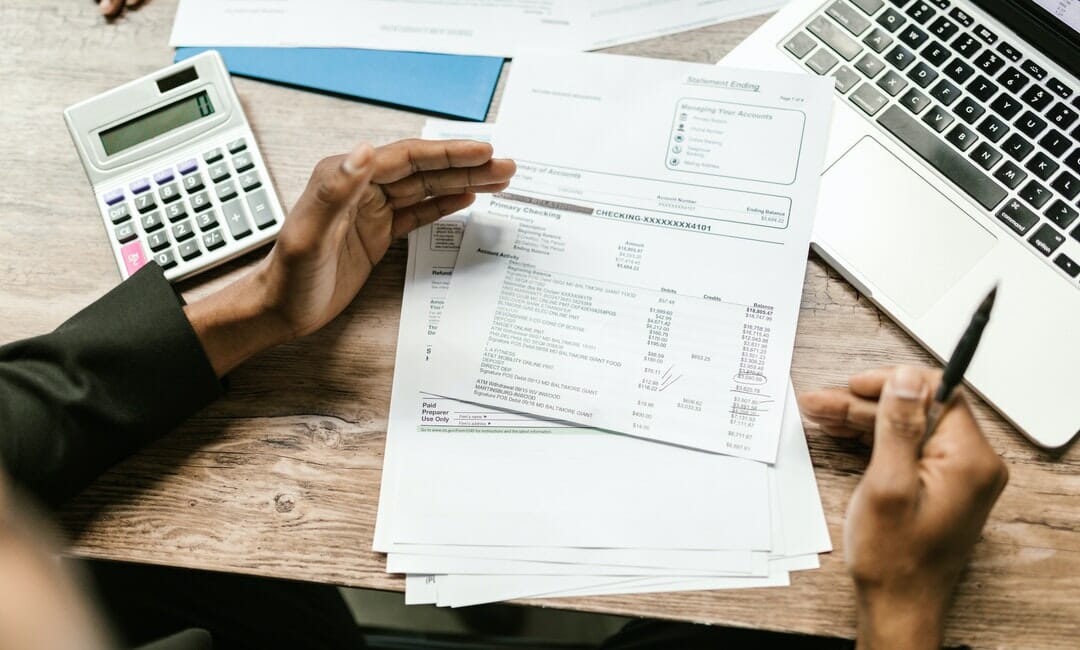For both new and seasoned investors, the buy-to-let market remains lucrative and profitable for anyone looking to invest in it. The ability to cover the mortgage cost whilst still making a healthy profit attracts investors from all backgrounds. However, the property landscape has changed post-pandemic and demand for property to let across Ireland is at an all time high.
Buy-to-let, along with the rest of the property market, has boomed in the last twelve-eighteen months whilst at the same time, the number of available rental properties have fallen to near-historic lows. This supply-demand issue has led to sharp rental price increases, with Daft reporting that the average rental at the end of 2021 stood at €1524 – that’s a 10% increase year on year, and rents are continuing to rise at the fastest pace in thirteen years. With mortgage rates falling and inflation rising, now could be the perfect time to invest in a rental property.
If you’re wondering what a buy to let mortgage is or how it works compared to traditional mortgages, keep reading. We’ve put together a definitive guide to buy to let mortgages in Ireland to help answer some crucial questions about this product and to ultimately help you decide whether investing in this market is right for you.
What is a buy to let mortgage?
Put simply, a buy to let mortgage is a mortgage for people who want to buy a property to rent out rather than living in it themselves. In most cases, buy-to-let mortgages are provided on an interest-only basis. This means that your monthly repayments will only pay off the interest on the loan and none of the capital. Whilst this is great in the short term, as you’ll have more cash available, it’s essential to have a solid plan for repaying the mortgage when the term ends. For most investors, this means using savings accrued during the mortgage term, selling the property or refinancing with another mortgage.
What is the minimum deposit for a buy to let mortgage in Ireland?
An investor will typically need a deposit of 20-25% in order to take out a buy-to-let mortgage in Ireland. Just like with a standard residential mortgage, the bigger the deposit you can put down upfront, the better the rates you are likely to qualify for. As a guide, the best rates are usually available to investors who can put down a deposit of 40% or more of the total property value.

How does a buy to let mortgage differ from a residential mortgage in Ireland?
Aside from the fact that you can only take out a residential mortgage if you intend to live at the property yourself and not let it out, there are some other key differences.
Mortgage advisors consider buy-to-let products higher risk than residential mortgages. This is because you are liable to either experience problems with rent collection or endure periods where the property is empty as a landlord.
These associated risks mean you’ll need to put down a bigger deposit. As mentioned above, you’ll need a deposit of 20-25% of the property’s value. Residential mortgages are generally capital and interest loans, meaning you are paying towards the capital on the mortgage to gain more equity in the property.
With buy-to-let mortgages, you usually only pay the interest on the loan resulting in lower monthly repayment, but the mortgage needs to be repaid in full at the end of the term.
If the property’s price has fallen since you took the mortgage out, you run the risk of losing out and not earning enough from the sale to cover the mortgage. In today’s market, this is unlikely but it’s something you should be aware of in case the market demand changes.
Can I live in a property with a buy to let mortgage?
Buy to let mortgages are designed for landlords, and as a landlord, you cannot live in a property that has been purchased with a buy to let mortgage.
If you do so, you will breach your mortgage terms and conditions, essentially committing mortgage fraud. If your mortgage lender was made aware that you were living in the property, they would likely demand immediate repayment of the loan. In addition, committing mortgage fraud is a criminal offence which in extreme circumstances can lead to a maximum of 10 years imprisonment and, worst of all, a permanent criminal record making it very hard to get any bank to loan to you in the future.
If you find yourself in the position of needing to live in your buy-to-let property, the first thing you should do is contact your mortgage provider.
Which one you will choose will depend on if your residence is likely to be temporary or permanent.

What should I consider when looking for a buy to let mortgage?
How much interest you pay on your buy to let mortgage will depend on several factors. These include the size of your initial loan, the potential rental value of the property, and your own individual financial circumstances. The terms on your mortgage will also depend on the type of loan you take out, for example, if it’s a fixed or variable rate. For every type of mortgage, there are pros and cons.
Fixed-Rate Mortgage
Fixed mortgage rate deals are usually set for a period of between three and five years. Choosing this type of mortgage will ensure your repayments remain the same throughout the term, giving you the extra security of knowing your mortgage rates won’t go up and you know exactly how much is payable each month.
You should be aware that rates on fixed mortgages are usually set slightly higher than variable-rate mortgages, and you won’t see any benefit from any interest rate reductions.
At the end of your fixed term, it is standard for your provider to roll you over to their standard variable rate which can be more expensive. Always look for a new deal before the end of your fixed term to avoid paying over the odds.
Standard variable mortgage
A lender’s default plan is usually the standard variable tariff which all other mortgage deals are moved over to at the end of their term if the borrower doesn’t take action to secure a new deal. Unfortunately, they are usually some of the most expensive mortgage deals on the market, so any investor should be mindful to look for a new deal before your current one expires.
A lender has the power to change the standard variable rate at any time. The only real advantage of this type of mortgage is you are free to find a better deal at any time without incurring any penalties.
Tracker mortgages
A tracker is a variable rate mortgage with an interest rate set at a predetermined level above the Central Bank of Ireland’s (CBI) Euribor rate. A tracker mortgage can go up and down, so you will be hit with higher repayments if the CBI raises their rates. However, it does fortunately also work the other way, if the rates go down, so will your mortgage repayments.

Other costs to consider
In addition to your mortgage repayments, you will also have to factor in other costs that come with purchasing a buy to let property. These include letting agent fees for managing your properties, landlord insurance, income tax, capital gains tax and stamp duty.
Aside from these, you’ll also need to have a budget set aside to cover maintenance costs, including problems with plumbing and heating systems, as the liability for any repair work the property needs will fall to you as the homeowner and landlord to resolve on behalf of your tenant.
Another thing to consider is that most landlords will encounter periods where their property remains empty after a tenant leaves if it takes some time to replace them. During these periods, the mortgage will still need to be paid regardless of whether you have a rental income or not.
What are the criteria for a buy to let mortgage?
As with any type of mortgage, you will need to meet lenders’ criteria in order to secure the buy to let mortgage. Whilst the lending criteria may vary from one lender to another, there are certain factors that will always be taken into consideration when considering a mortgage application.
Credit Rating
Your credit rating is a reflection of how you handle your finances. It will show lenders how well you keep on top of any repayments and if you have missed any and any legal or court judgements.
The lender will use this information to assess the risk of lending the money you need to buy property to determine if they want to lend to you and at what rate. Therefore, before taking out a buy-to-let mortgage, we recommend obtaining a copy of your credit report to understand your financial situation thoroughly.
Your Deposit
For buy to let investors, lenders will typically expect the applicant to put down a large deposit of at least 20-25% of the property’s value. The higher your deposit, the higher the chance of being approved for a buy to let mortgage and at a more favourable rate.
Your Affordability
Before approving a mortgage, a lender will want to assess your ability to repay the loan. Therefore, they will need to see your proof of income and usually six months’ worth of payslips and bank statements. Reviewing your bank statements will allow your lender to review your spending habits and get an idea of your outgoing costs each month. For a buy to let property, the lender will also consider your projected rental income. However, you must also be able to show the mortgage is affordable even through periods where you have no rental income if the property remains empty.

Bridging loans for Buy to Let
The buy to let market is a competitive one. With properties in high demand right now, investors need to make quick decisions in order to secure the best investment properties coming on the market.
Buy to let mortgage applications can prove complex and lengthy, and when a seller is looking for a quick sale waiting for an investor to find finance may not be an option, and they may be overlooked for someone who has the cash ready.
Bridging loans can be processed much faster than a mainstream lending option, meaning you will have the money in your bank to make the purchase quicker, making your offer more attractive.
Bridging loans can also be used for properties purchased at auction, which require extensive refurbishment. As many high street lenders will only consider habitable properties, a bridging loan means you can buy a house, refurbish it and then refinance with a mainstream lender once it is fully renovated and habitable.
A buy to let bridging loan allows investors to secure good deals and gives them a comfortable time frame, typically six to twelve months in which to refinance the property with a mainstream lender. You can read more about buy-to-let bridging loans from Novellus here.
Final Word
There’s no doubt that in 2022 investing in buy to let properties can be both profitable and rewarding. It is, however, not without its risks. Buy to let investors should be aware that a rental income is not guaranteed, and they will need to be able to cover all the associated costs that come with being a landlord.
In addition, investors should keep in mind that the market in Ireland, especially in the cities, is currently very competitive. Buyers with large deposits and finance in place will undoubtedly be looked on more favourably than those without. If you are considering taking out a buy to let mortgage, we recommend seeking professional advice from a financial advisor.


